How to clean car seats diarrhea
To clean car seats with diarrhea, one must first identify the source of the diarrhea. Is it a food-borne illness? A virus? Bacteria? Once the cause is identified, one can take the appropriate steps to clean the car seats. If the diarrhea is caused by a food-borne illness, it is important to sanitize all surfaces that may have come in contact with the contaminated food. This includes countertops, cutting boards, and knives.
The dangers of not cleaning car seats properly
It’s a familiar scenario: You’re running late for work, the baby is screaming, and you have to choose between a quick cup of coffee and a clean car seat. What’s a mom to do? Unfortunately, many moms choose the coffee. But what they may not know is that not cleaning their car seats can be dangerous.
Car seats are designed to protect children in the event of an accident, but if they’re not properly cleaned and maintained, they can actually become hazards. Germs and bacteria can build up on the seat over time, which can cause illnesses in children. In addition, dirty car seats can contribute to the development of allergies and asthma.
The best way to avoid these dangers is to clean your car seats regularly. Wipe them down with a disinfectant cleaner or a solution of water and vinegar.
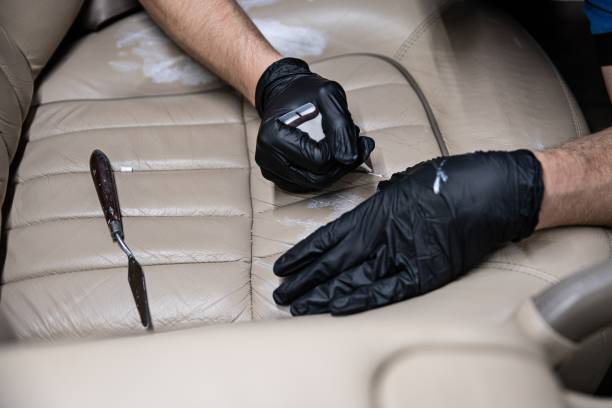
How to clean car seats with diarrhea
If your child’s car seat is covered in diarrhea, you’ll want to clean it as soon as possible. Follow these simple steps:
-Wash the car seat with warm, soapy water.
-Rinse it off with fresh water.
-Spot clean any areas that are stained or contain fecal matter.
-Use a mild detergent and a soft cloth to clean the fabric.
How often should I clean my car seat?
Cleaning your car seat is important for your safety and the safety of your passengers. It’s also important to clean your car seat often to get rid of bacteria, dirt, and other debris. How often you should clean your car seat depends on how often you drive, how many people ride in your car, and what kind of material your car seat is made out of. Generally speaking, you should clean your car seat at least once a month.
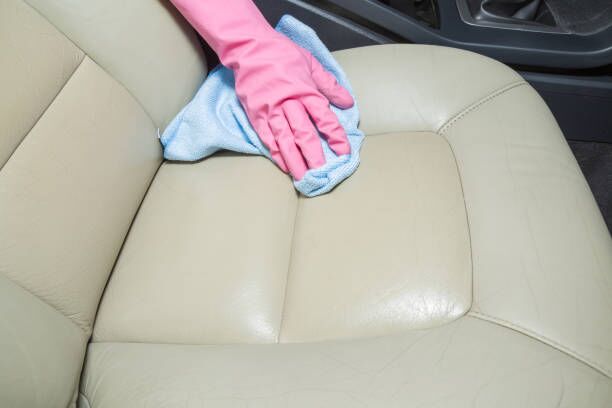
The process of cleaning the car seats
It’s finally time to clean the car seats! This can be a daunting task, but with these simple tips, it can be a breeze. First, remove all of the detachable pieces from the seats- this includes headrests, armrests, and seat belts. If your car has a fabric interior, you’ll want to use a vacuum cleaner to get rid of all of the loose dirt and hair.
Be sure to pay special attention to the crevices between the seats and the door panels. You can then use a slightly damp cloth to wipe down the entire surface of the seat. For leather seats, you’ll want to use a leather cleaner or conditioner to keep them looking new.
Cleaning the upholstery and fabric on the car seats
Upholstery and fabric on car seats can easily become stained and dirty. we will discuss how to clean the upholstery and fabric on your car seats using simple household supplies.
To start, remove all objects from the car seats. Be sure to vacuum the seats first to remove any loose dirt or debris. Next, mix a solution of one part vinegar and two parts water in a spray bottle. Spray the solution onto the seats and let it sit for a few minutes. Then, use a brush or sponge to scrub the seats clean. Finally, rinse the seats with water and allow them to air dry.
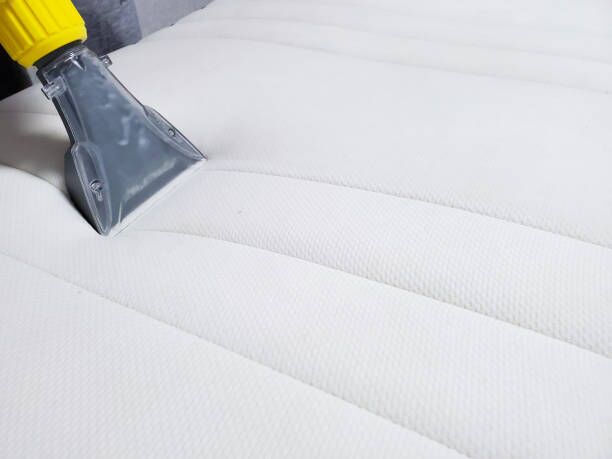
Cleaning the crevices and cracks in the car seats
If you’re like most people, your car seats are full of crevices and cracks that seem to be impossible to clean. While it may seem daunting, cleaning these areas is actually quite simple. In this article, we will discuss the best way to clean the crevices and cracks in your car seats. We will also provide some tips for keeping them clean in the future.
The top three best car seat cleaners for diarrhea
If you have a child that suffers from diarrhea, you know how difficult it can be to keep their car seat clean. Not only do you have to contend with the mess on the car seat, but you also have to worry about the bacteria and viruses that can be spread.
Many parents turn to harsh chemicals and cleaning products in order to clean their child’s car seat, but these can often be more harmful than helpful.
There are a few specific car seat cleaners on the market that are designed specifically for this purpose, and these are much safer and more effective than traditional cleaners.
How to clean car seats after diarrhea: a step-by-step guide
If you are unfortunate enough to have a child with diarrhea, then you know that one of the first places it will show up is in the car seat. Not only is it unsightly and embarrassing, but it can also be difficult to clean. Here is a step-by-step guide on how to clean car seats after diarrhea:
1. Remove the seat cover and wash it in hot water with detergent.
2. Vacuum the seat and wipe it down with a disinfectant cleaner.
3. Let the seat dry completely before replacing the cover.
4. Protect your seat from future accidents by using a car seat cover.
5. When you are done, wipe down all the hard to reach places with an alcohol-based hand cleaner and disinfectant wipes.
The top three best car seat cleaners for diarrhea
When it comes to cleaning up diarrhea, there are many car seat cleaners on the market. However, not all of them are effective in getting the job done. In this article, we will discuss the top three best car seat cleaners for diarrhea.
The first car seat cleaner that we will discuss is called Sani Sticks. This product is a powder that is designed to be mixed with water in order to create a cleaning solution. Sani Sticks is said to be very effective at removing diarrheal messes from car seats.
The second car seat cleaner that we will discuss is called Shout Wipes. These wipes are designed to be used on both hard surfaces and fabrics. They are said to be very effective at removing diarrheal messes from both surfaces.
Conclusion How to clean car seats diarrhea
In conclusion, cleaning car seats after diarrhea is a necessary but unpleasant task. It is important to take precautions to avoid contact with the diarrhea and to clean the seat thoroughly. By following these simple steps, you can minimize the amount of cleanup necessary and get your car back to normal quickly.
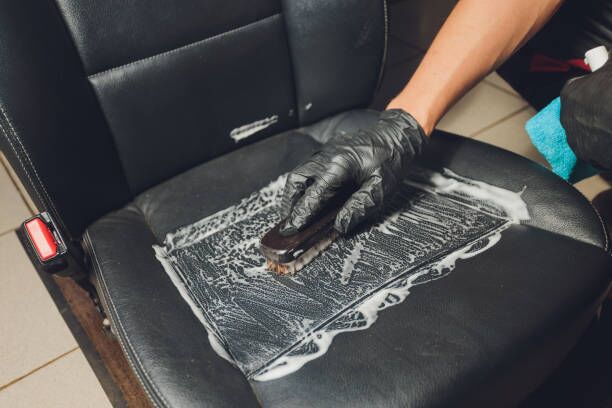
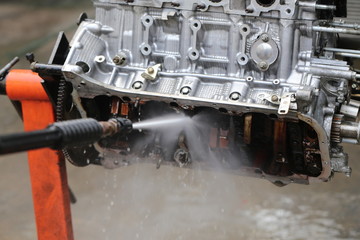
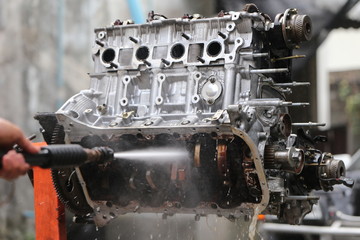
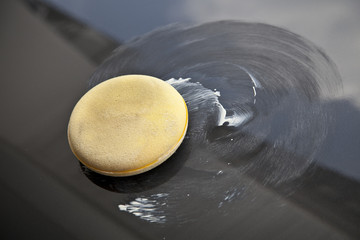
Leave a Reply
You must be logged in to post a comment.